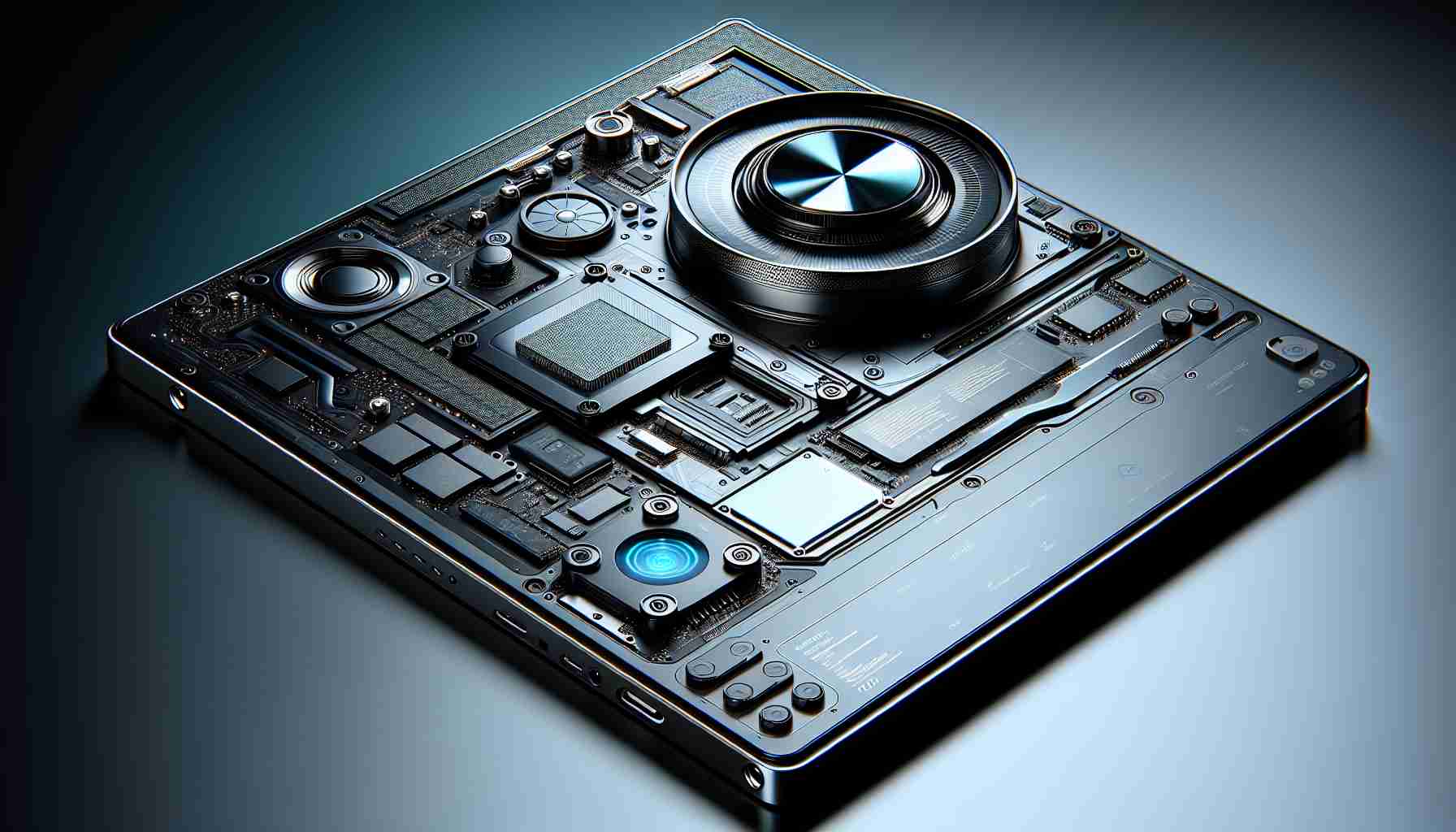OnePlus is stepping up its game with the upcoming iteration of its Android tablet. The original OnePlus Pad, released last year, received praise for its robust specifications, including an expansive 11.61-inch display with a 144Hz refresh rate, 8GB of RAM, ample storage, and long-lasting battery life, all at an affordable price point. The powerhouse behind this device was the MediaTek Dimensity 9000 chip, which offered remarkable performance for its cost.
Looking at the future, OnePlus appears to be making a strategic shift in its hardware approach. Industry insider Max Jambor has reported that the next-gen OnePlus Pad will house the Qualcomm Snapdragon 8 Gen 3 processor. This notable upgrade indicates a move towards even greater computing muscle. The introduction of this advanced chipset is anticipated to raise the price slightly, but also promises to deliver a significant enhancement in the tablet’s capabilities, outperforming the older Dimensity 9000 by leaps and bounds.
Tech enthusiasts are eagerly waiting for more details on the OnePlus Pad 2, expected to be unveiled later in the year. For those who can’t wait, the currently available OnePlus Pad remains a bargain under $400. Additionally, the OnePlus Pad Go has started making its way to tech markets in the UK and Europe, expanding the brand’s presence and giving consumers more choices to enjoy the OnePlus experience.
Most Important Questions and Answers:
1. Why is the switch to a Qualcomm Snapdragon processor significant for the OnePlus Pad’s performance?
The switch to a Qualcomm Snapdragon 8 Gen 3 processor indicates a significant upgrade in computing power. Qualcomm’s Snapdragon chips are renowned in the industry for their high performance, efficient power consumption, and integrated connectivity capabilities. This change could lead to better multitasking, smoother operation, faster application launches, and potentially improved graphics performance, which will be beneficial for both productivity and entertainment purposes.
2. What challenges might OnePlus face with the introduction of the new processor?
One of the key challenges might be maintaining the balance between the performance upgrade and cost-effectiveness, which has been OnePlus’s selling point. A more powerful processor generally leads to a higher price, and OnePlus needs to ensure that the new tablet remains competitive in the market despite any potential increase in price.
3. Are there any controversies associated with OnePlus’s hardware switches?
While there are no controversies mentioned, some fans may debate the necessity of frequent upgrades or question the implications for software optimization and system stability when changing hardware components. Some may also point to sustainability concerns regarding the introduction of newer models in quick succession.
Advantages and Disadvantages:
Advantages of the new OnePlus Pad include expected enhanced performance due to the more powerful Snapdragon chip, which could lead to better user experiences in gaming, streaming, and productivity. Additionally, the move to a high-end processor could position OnePlus to better compete with premium tablets from other manufacturers.
Disadvantages may be seen in the increased price due to the costlier chipset, making the tablet less accessible for budget-conscious consumers. Also, the newer technology may draw more power, which could affect battery life unless managed efficiently.
You can explore the main domain of OnePlus for official news and product information with the following link: OnePlus Official Site. Please note that as an AI, I can suggest what I predict to be a valid URL, but cannot guarantee with full certainty. It’s always recommended to double-check URLs or go directly to the source for the latest information.
